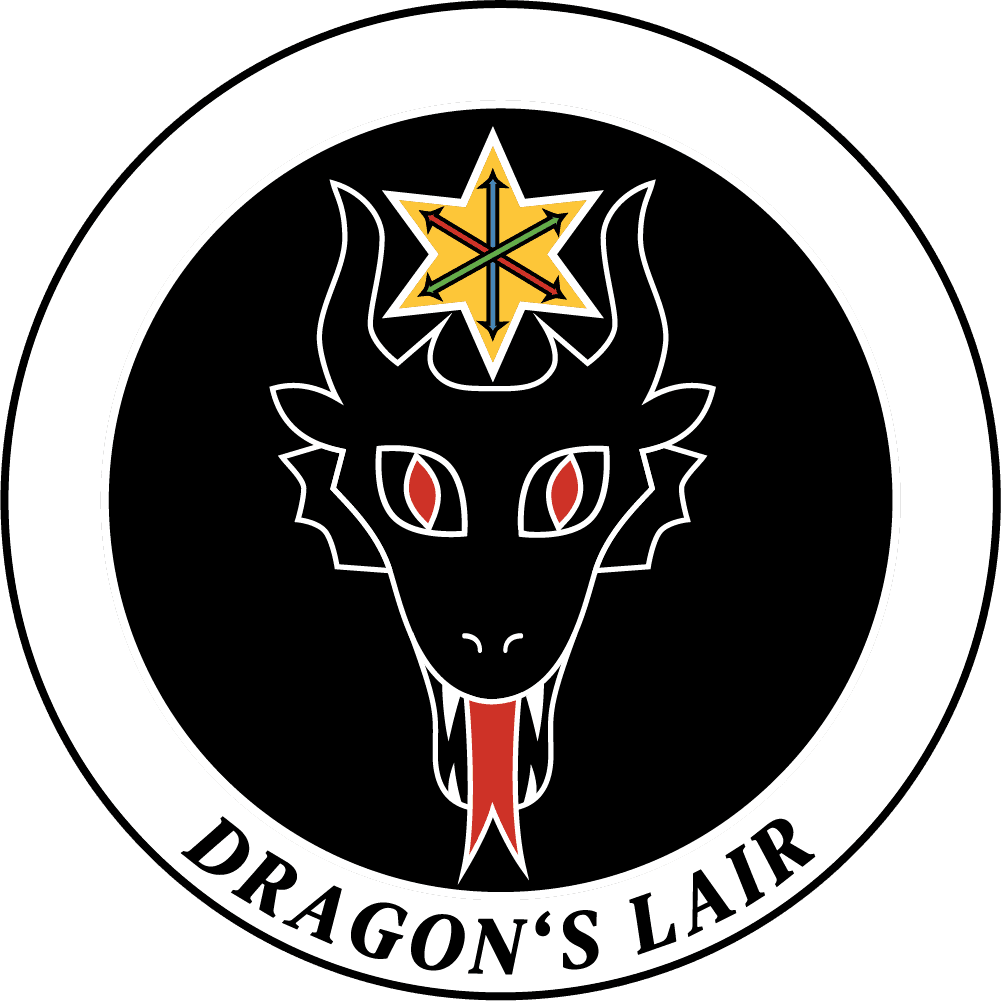The Dragon’s Lair is a metaphor in UTOK representing human neurotic suffering, particularly in relation to depression and anxiety. It symbolizes the psychological dynamics of behavioral shutdown, bound by neurotic loops, under the influence of personality disorder patterns.
Introduction
Dragon's Lair serves as a mythopoetic framework within the Unified Theory of Knowledge (UTOK) that symbolizes the dark, hidden aspects of human neurotic suffering. This metaphorical depiction encapsulates key psychological challenges such as depression, anxiety, and personality disorders, presenting them in an accessible and imaginative way. The Dragon's Lair resides "behind the Garden" of UTOK, a place where the struggles of the human psyche are concealed, and yet drive much of our emotional and behavioral dysfunctions.
The Core Elements of the Dragon's Lair:
The Cave of Behavioral Shutdown:
The cave symbolizes a state of behavioral shutdown, a core concept in UTOK's approach to depression. Depression is seen here not just as a psychological or biological malfunction, but as an evolved state of behavioral passivity that the nervous system adopts to conserve energy when it perceives a low return on investment in life activities. This approach, grounded in Behavioral Investment Theory (BIT), aligns with biomedical, psychological, and sociocultural understandings of depression.
When individuals experience ongoing failure, danger, or distress, their nervous system triggers a shutdown mode, reducing their behavioral output. This "cave" becomes a mental prison, where they feel stuck, unable to engage in life's activities. The cave is dark, silent, and isolating—reflecting the experience of depression as an overwhelming sense of lethargy, hopelessness, and disconnection from the world.
Neurotic Loops:
At the heart of neurotic suffering lie neurotic loops, a concept UTOK uses to explain the perpetuation of anxiety and internalizing conditions. Neurotic loops occur when a negative event triggers a negative emotional reaction (e.g., fear, sadness, or frustration), which in turn leads to further negative reactions, creating a self-perpetuating cycle. For example, someone might feel anxious about a task, then react to that anxiety by avoiding the task, which leads to feelings of failure or guilt, reinforcing the anxiety. This looping dynamic traps individuals in a vicious cycle of emotional and behavioral reactivity, preventing adaptive responses and reinforcing psychological suffering.
Personality Disorder Star:
UTOK uses the Personality Disorder Star to map various personality disorders in relation to their core relational maladaptations. Personality disorders, broadly defined within UTOK, represent persistent difficulties in forming positive, meaningful relationships due to rigid, extreme, or dysfunctional patterns of thought, emotion, and behavior. This framework is juxtaposed with UTOK's Influence Matrix, which helps identify how relational maladaptations are central to each disorder.
The Personality Disorder Star represents the bright but erratic and disruptive forces in a person's psyche that pull them into maladaptive patterns of relationship and self-regulation. For example, in Borderline Personality Disorder, the core challenge lies in extreme emotional sensitivity and unstable interpersonal relationships. In Narcissistic Personality Disorder, the core issue involves an inflated sense of self-importance and a lack of empathy. Each disorder on the Personality Disorder Star shines a spotlight on the different ways in which people struggle to navigate the complexities of human relationships, often leading to cycles of suffering within the Dragon's Lair.
Mythopoetic Significance:
In UTOK, the Dragon's Lair provides a powerful visual and narrative tool to understand the complex layers of human suffering. The dragon represents the shadow side of the human psyche—the unresolved and unacknowledged pain and fear that lurks beneath the surface of our consciousness. By framing neurotic suffering in this way, UTOK offers a way to engage with these deep emotional and psychological challenges not just intellectually, but also emotionally and symbolically.
Just as dragons in myths guard treasure, the dragon in the lair symbolizes the hidden potential within each individual to break free from neurotic loops and behavioral shutdown. However, to access this treasure, individuals must confront their dragon—facing their fears, unresolved emotions, and relational dysfunctions head-on. UTOK offers pathways for this through integrative approaches like CALM-MO, the Influence Matrix, and the Tree of Knowledge System, which help individuals understand, reflect on, and ultimately overcome their psychological challenges.
Breaking Free from the Dragon's Lair:
Breaking free from the Dragon's Lair requires:
Understanding the neurotic loops that keep individuals trapped in cycles of negative emotionality and reactivity.
Addressing the behavioral shutdown that results from persistent feelings of failure, distress, or danger.
Navigating personality disorder dynamics by improving relational understanding and flexibility, guided by the Personality Disorder Star and Influence Matrix.
As individuals become aware of their internal dragons and learn to navigate the cave of behavioral shutdown with mindfulness, self-compassion, and adaptive relational strategies, they can reclaim the energy and purpose that depression and anxiety have taken away.
Practical Application:
Therapeutic Awareness: The Dragon's Lair metaphor can be used in psychotherapy to help clients visualize and understand their internal struggles. It provides a clear, narrative structure for individuals to explore their neurotic loops and depressive shutdown states.
Self-Reflection: Individuals can use the Dragon’s Lair metaphor to deepen their self-awareness. Understanding their own cave of shutdown or identifying their neurotic loops can help them reframe their experience and see their suffering as part of a larger psychological dynamic that can be addressed.
Emotional Resilience: Through tools like CALM-MO and the Influence Matrix, individuals can develop emotional resilience, learning to hold their dragons (i.e., their emotional pain) with mindfulness and compassion, while finding new ways to escape the lair.
Conclusion:
The Dragon’s Lair encapsulates UTOK’s approach to human suffering, offering a rich metaphorical landscape to explore and understand the depths of neurotic pain, depression, and relational challenges. By shining a light on these dark corners of the psyche, UTOK guides individuals through the process of healing and self-transformation.





